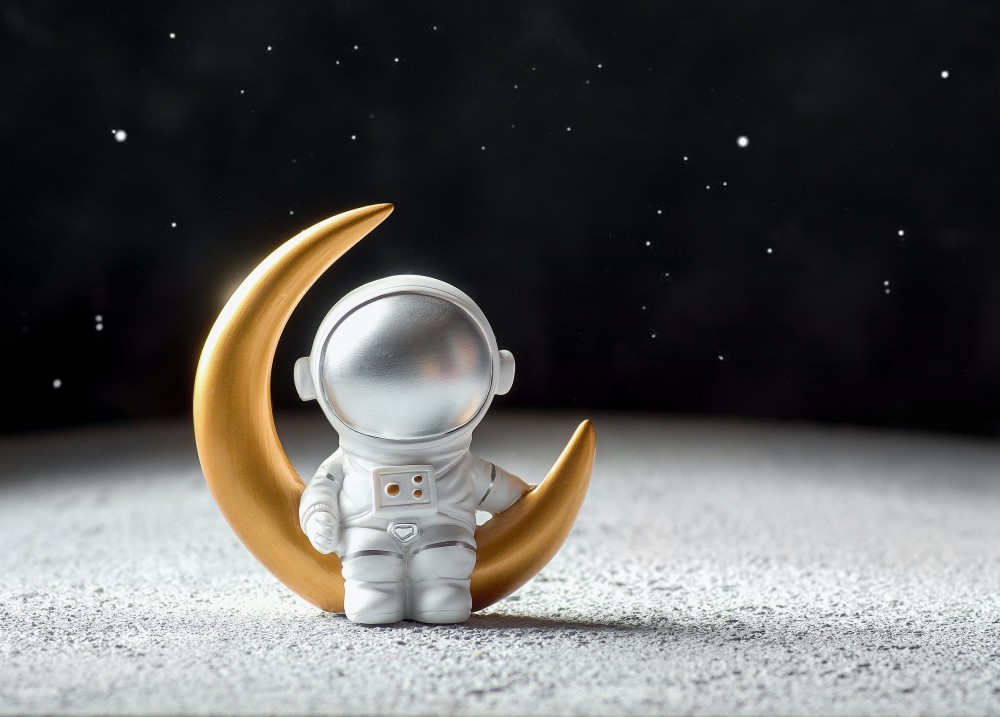Insights into the parastronaut selection process

Recently ESA announced the new batch of astronauts selected from more than 20,000 candidates. There is one thing that may surprise you—among them is a person who lost his leg in a motorcycle accident, and I met him when I attended the third phase of the selection process along with other candidates for the parastronaut position.
Recently, a colleague told us in this blog about her experience in the selection process of the new ESA astronauts, which began last year. This post is about my experience applying for the position ESA opened for people with a disability. It’s not an opportunity someone with my condition would expect when one of the lessons learned from being disabled is that you have to be realistic in life. At any rate, when I read that ESA was looking for a person who had difficulties in one or both legs below the knee and also met the rest of the astronaut application requirements (except, of course, for the grade 2 Pilot Medical exam), I felt compelled to apply because I was a perfec fit. I was eager to do it, but I also felt the responsibility of it. I had been working in GMV in the former FDO department for almost seven years and I thought this was an opportunity to live a new experience and really get to know the domain I work in: space.
Eight months later, when I had given up all hope that they would contact me, I received an email asking me to travel to Hamburg to go through the second phase of the selection process. There, 20 other candidates and I passed a series of scientific, psychotechnical and English tests. We all stayed in the same hotel near the DLR testing facility and got to know each other a little. There were candidates with amazing lives, and more than one had been in Antarctica for several months to conduct scientific research.
I don’t think I performed the best, but surprisingly they called me for the third phase of the selection process, which was held in Cologne, at the ESA Astronaut Center. When I arrived at the hotel, I met the other seven candidates who would take the tests on the same day as me. That night, we had dinner together and talked about our lives and why we decided to apply. All of us except for one had a handicap. Two of them were missing a leg, one had dwarfism, and four of us had a clubfoot in one or both legs. They all had fascinating lives with exceptional jobs. And there was John, who told us how well some prosthetics work for running and sports. I complained that I couldn’t run without my back hurting, and he joked that I should cut off my leg and put on a prosthesis.
The next day we were driven to the ESA astronaut center. In the third phase, I expected something similar to the second phase, a series of tests on the candidate’s STEM knowledge but slightly more complex. However, at this stage, the interviews were the most important part. One of them was done by an astronaut. For me, it was Pedro Duque, along with a group of experts in psychology and other subjects. This stage was undoubtedly more difficult than the previous one and focused on the candidate’s personality. At the end of the day, the Head of Space Medicine, Guillaume Weerts, guided us on an exciting visit through the center. He also told us about what it is like to be an astronaut and how demanding it is.
It was honestly a wonderful experience, one you only get once in a lifetime. This is partly because ESA recruits new astronauts every 15 years and because having spots reserved for people with disabilities is the exception rather than the rule. Still, I am convinced that John will not only bring his good humor but will help ESA take the first step in opening up space travel to all the diversity of people in the world.
Author: Jaime Serrano Sánchez
Submitted by Iván Llamas (not verified) on Fri, 12/16/2022 - 07:17